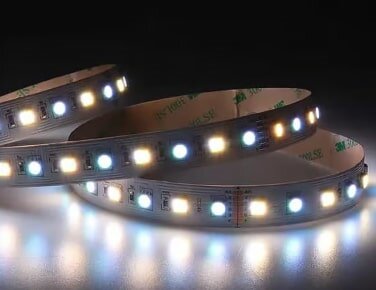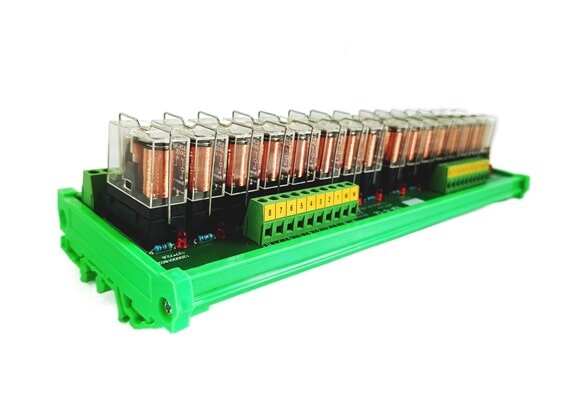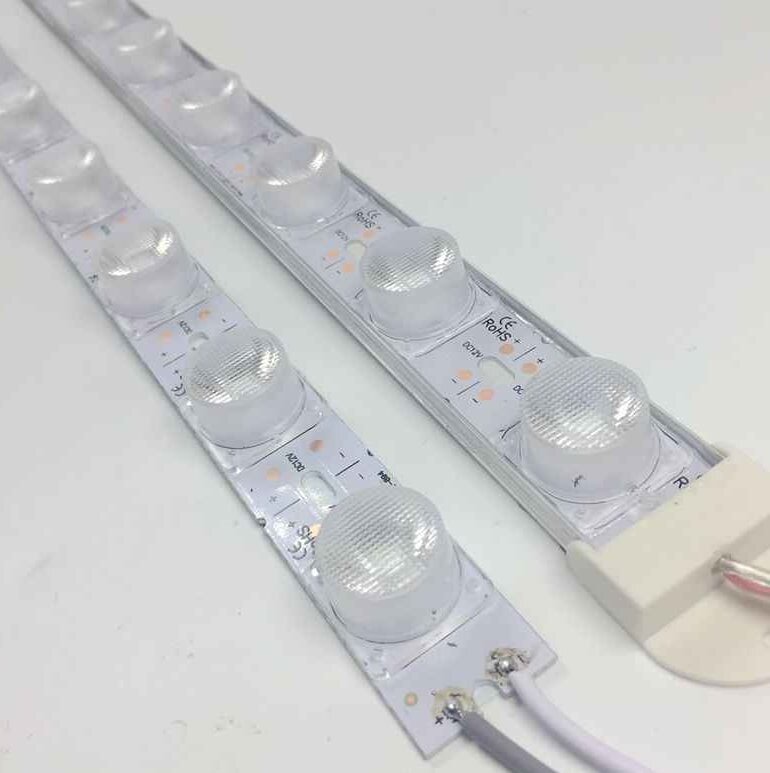Led strip pcb boards, also known as ribbon light PCBs, are luminous devices with SMDs mounted on them. They use current to control the light emission of LED chips, creating a continuous linear light strip. They can be used for both large-scale lighting and localized decorative purposes to create an atmosphere. However, the key to their performance lies in the silent yet crucial PCB: the printed circuit board (PCB).
This PCB not only serves as the electrical connection for the LEDs but also determines:
overall heat dissipation
light uniformity
current carrying capacity
mounting method and lifespan
and the reliability of the final product.
80% of the power of a good LED light strip lies in this PCB.


led strip pcb board
Currently, surface mount packaging is the most widely used packaging format for LED applications. Generally speaking, the light output of a single LED component is limited. Therefore, a single luminaire uses multiple LED components to achieve sufficient light. Like other semiconductor devices, a printed circuit board (PCB) is the optimal method for electrically connecting LED components. PCBs with LED components are often referred to as "LED PCBs."
led strip pcb boards are a staple of the LED lighting industry and are used across a wide range of industries. Compared to traditional lamps, led strip pcb boards are extremely lightweight and versatile, allowing you to illuminate any space or area. Furthermore, led strip pcb boards are safer to use because they dissipate less heat and emit less carbon dioxide into the environment.
What are the commonly used substrate materials for LED bulb PCBs?
Different applications require different LED bulb PCB designs and assemblies. These designs determine the properties of the PCB and the type of coating material used.
The various substrate materials used in LED bulb PCBs include:
Metal Core: LED PCBs made with a metal core offer efficient heat transfer and are highly reliable in a wide variety of applications. The base of these LED bulb PCBs is composed of metals such as copper and aluminum, and laminate materials.
Epoxy: Epoxy is a very common LED bulb PCB substrate. However, its durability is relatively poor. Circuit boards made with epoxy are not very costly to manufacture.
FR4: This is the most commonly used LED bulb PCB material, with a base made of epoxy and glass. FR4 is relatively inefficient at heat transfer and flame retardant.
LED light strip PCBs can be broadly categorized into the following types depending on the application scenario:
1. FR4 Rigid PCB: This is the most common type, made from glass fiber epoxy resin (FR4), which offers a certain degree of rigidity and structural strength. It's suitable for light strips with low heat dissipation requirements and stable installation environments, such as home background lights and decorative lamps.
2. Aluminum PCB: This is used in applications with high heat dissipation requirements, such as high-brightness light strips, enclosed environment lighting, plant light supplementation, and outdoor floodlights.

led strip aluminum pcb board
3. FPC Flexible PCB: Flexible PCBs are widely used in ultra-thin, bendable, and rollable led strip pcb boards and are a favorite in smart and creative lighting.
The development of led strip pcb boards is inseparable from the support of PCBs. A suitable PCB is crucial for performance, stability, and intelligent control. With technological advancements, such as the increasing integration of photonics, flexible electronics, and control chips, the PCB for LED light strips is also evolving, becoming more than just a carrier; it serves as the foundation of the entire system. In the future, the product demands we face will become more and more diversified, and the design will be more complex, but as long as the basic PCB is well done, the brightness, lifespan and control experience of the led strip pcb board can truly meet the standards.